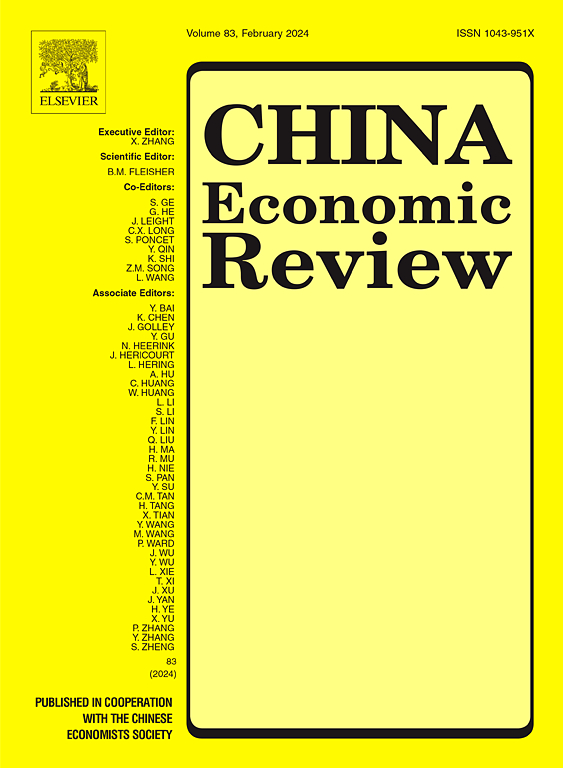The missing rich households and wealth polarization in 21st century China
IF 5.5
1区 经济学
Q1 ECONOMICS
引用次数: 0
Abstract
This study investigates the evolution of wealth polarization throughout the 21st century, using data from the Chinese Household Income Project (CHIP) and the Top Incomes in China (TIC) database. Our findings reveal a significant increase in polarization from 2002 to 2013, followed by a period of stabilization and signs of moderation by 2018. Decomposing polarization into alienation and identification, we observe that alienation (between group inequality) continues to rise from 2002 to 2018, while identification (within group cohesion) increases until 2013 but declines thereafter. The underrepresentation of rich households leads to an underestimation of alienation and an overestimation of identification. While these counterbalancing effects contribute to higher polarization levels, they do not alter the trend during the period. However, as the mitigating effect on identification diminishes and the growing effect on alienation intensifies, it suggests potential challenges in accurately tracking future changes in wealth polarization using survey data.
21世纪中国的富户缺失与财富两极分化
本研究利用中国家庭收入项目(CHIP)和中国最高收入(TIC)数据库的数据,探讨了整个21世纪财富两极分化的演变。我们的研究结果显示,从2002年到2013年,两极分化显著增加,随后是一段稳定时期,到2018年有缓和迹象。将两极分化分解为异化和认同,我们观察到异化(群体之间的不平等)在2002年至2018年期间持续上升,而认同(群体内部凝聚力)在2013年之前持续上升,但此后下降。富裕家庭的代表性不足导致了对异化的低估和对认同的高估。虽然这些抵消效应导致极化水平升高,但它们不会改变这一时期的趋势。然而,随着身份识别的缓解效应减弱,异化效应的增强,利用调查数据准确追踪财富两极分化未来变化的潜在挑战。
本文章由计算机程序翻译,如有差异,请以英文原文为准。
求助全文
约1分钟内获得全文
求助全文
来源期刊

中国经济评论
ECONOMICS-
CiteScore
10.60
自引率
4.40%
发文量
380
期刊介绍:
The China Economic Review publishes original works of scholarship which add to the knowledge of the economy of China and to economies as a discipline. We seek, in particular, papers dealing with policy, performance and institutional change. Empirical papers normally use a formal model, a data set, and standard statistical techniques. Submissions are subjected to double-blind peer review.
 求助内容:
求助内容: 应助结果提醒方式:
应助结果提醒方式:


